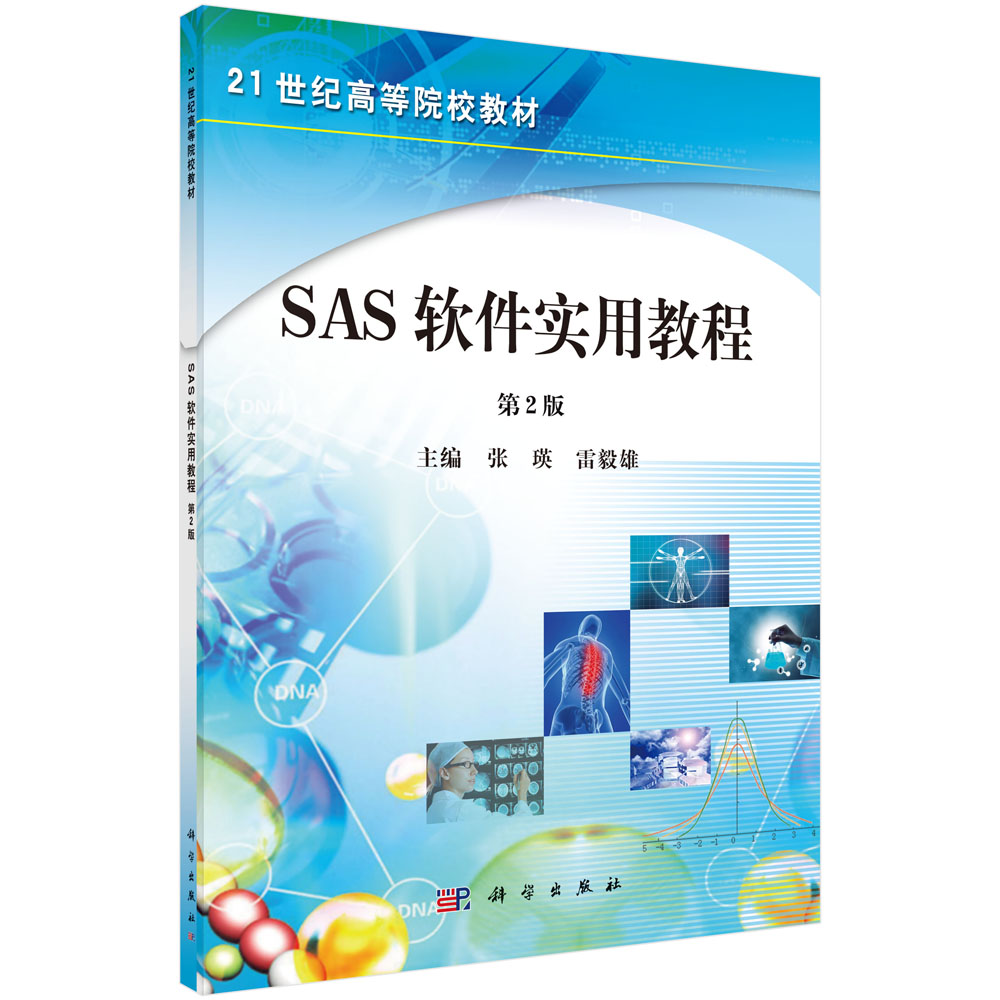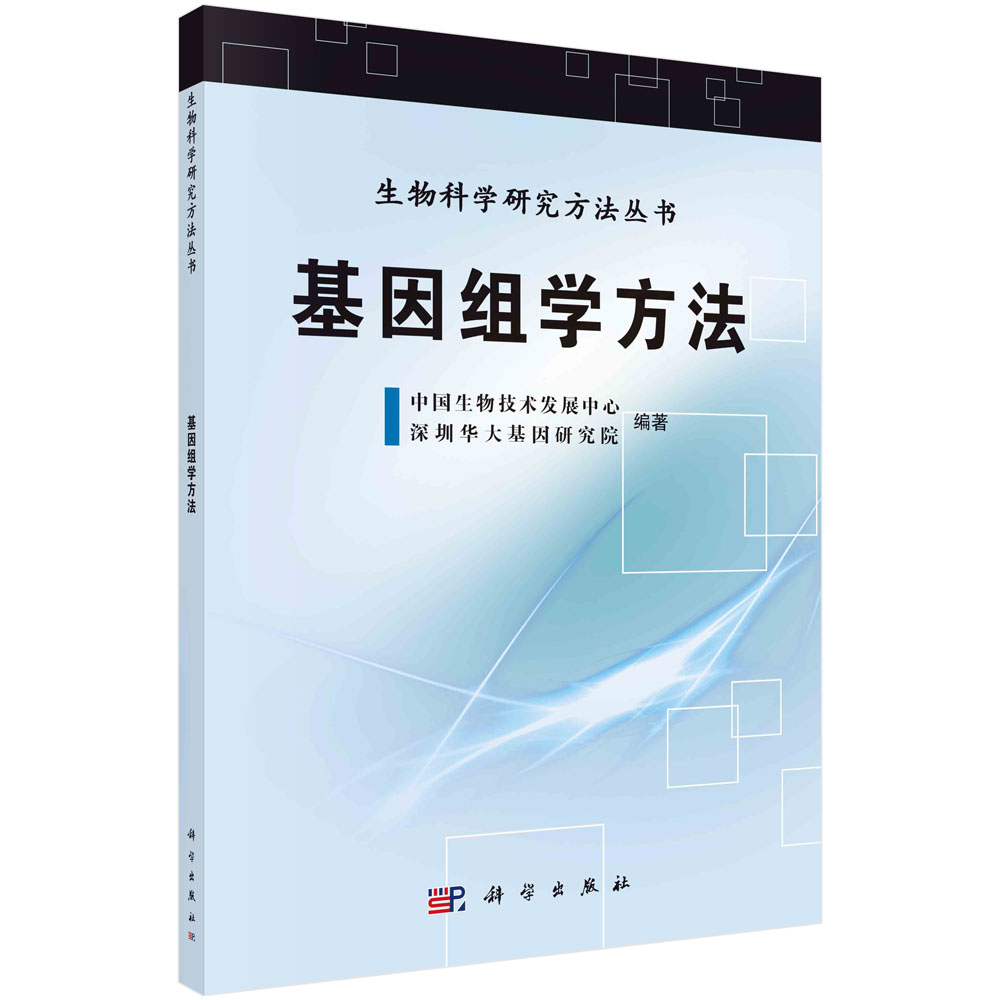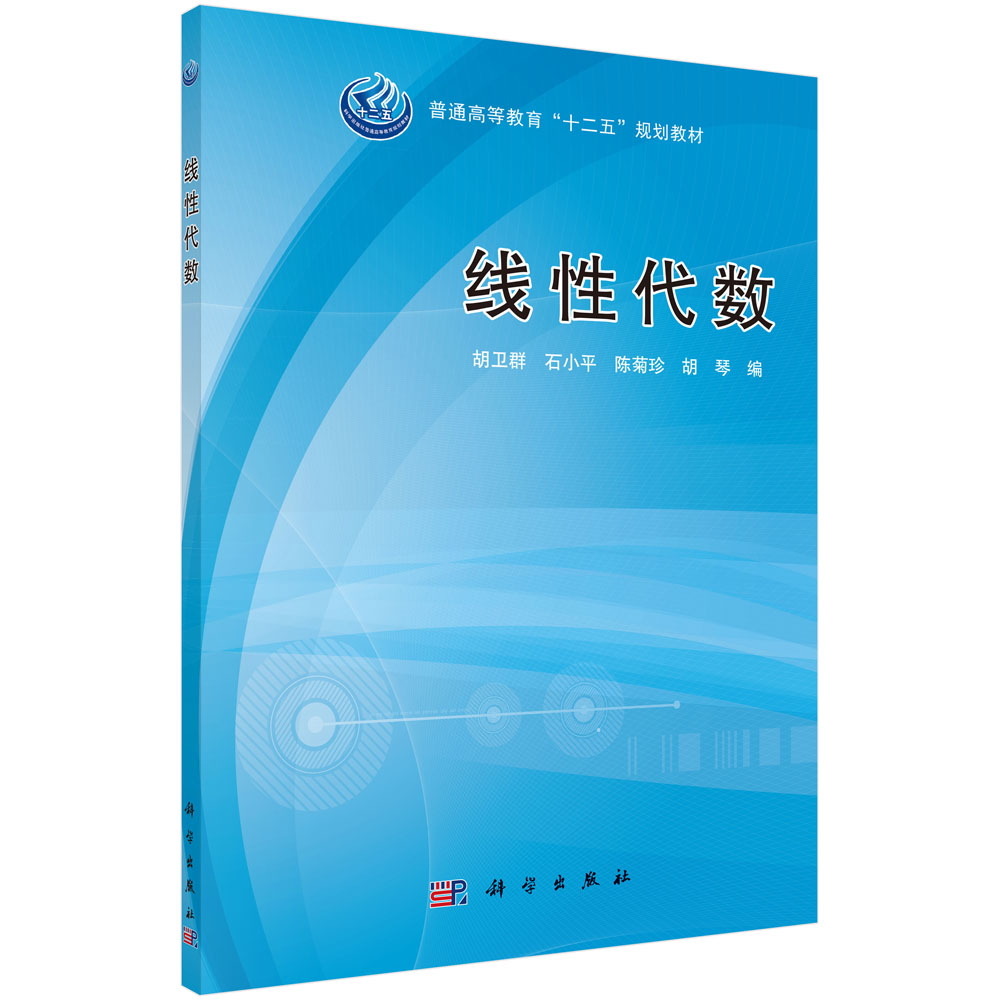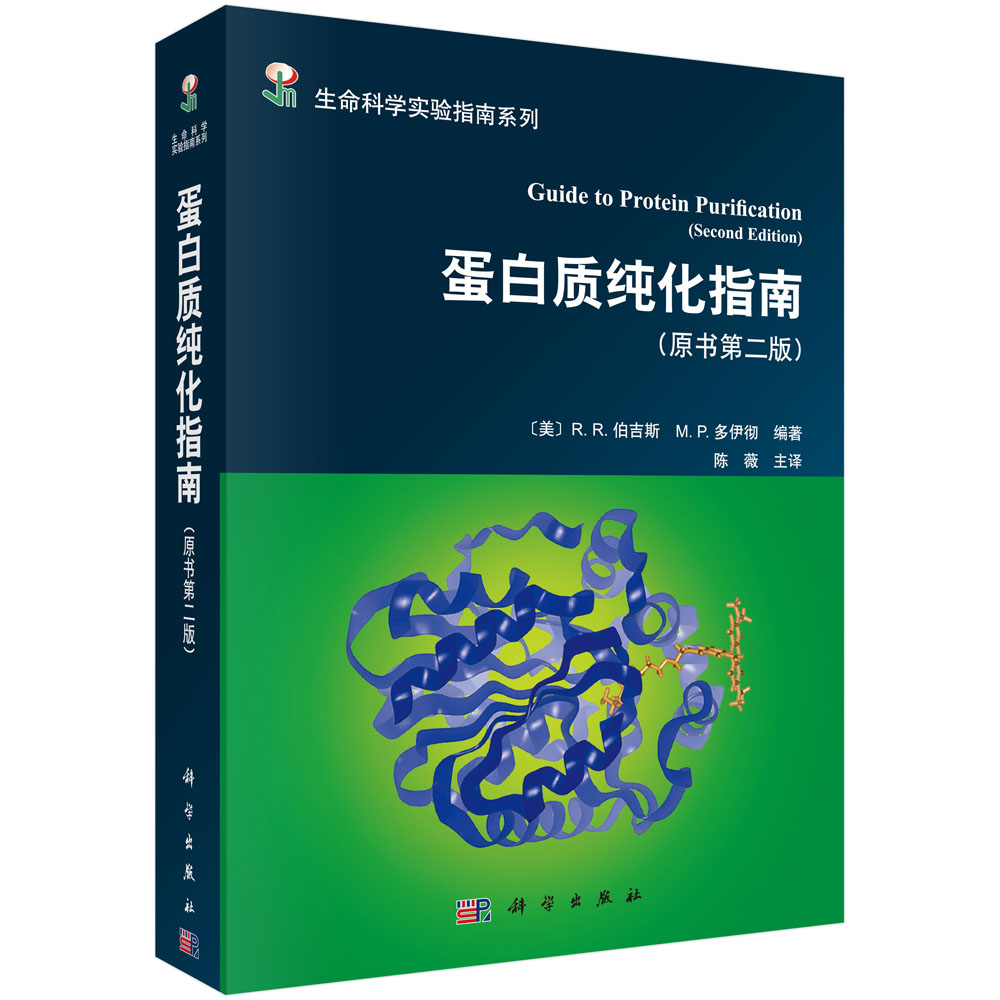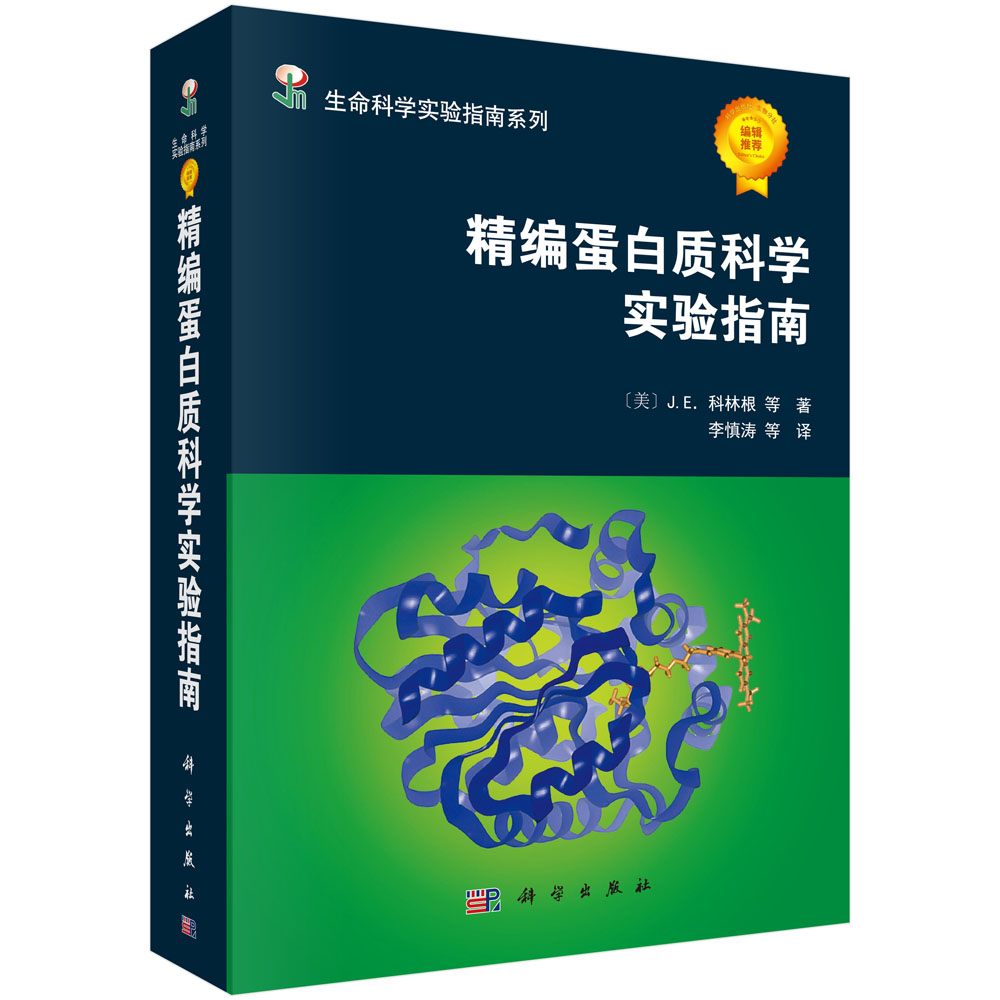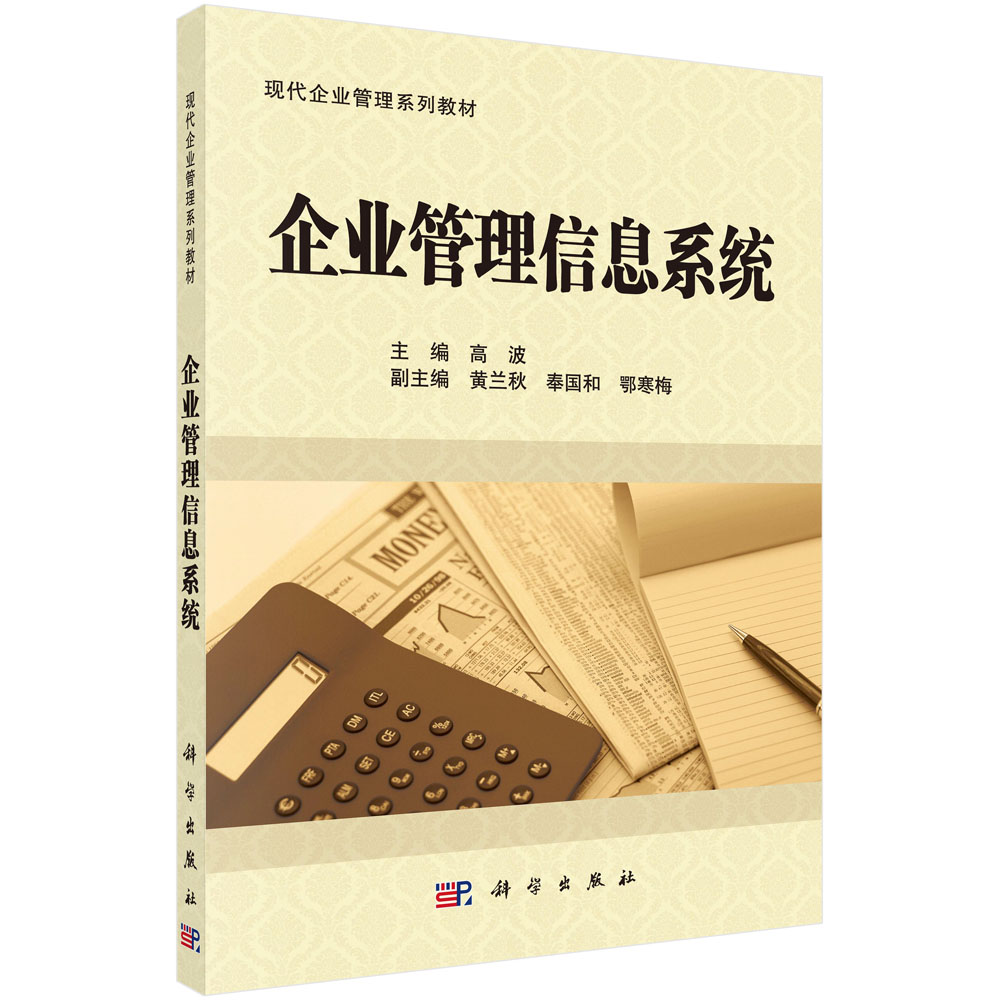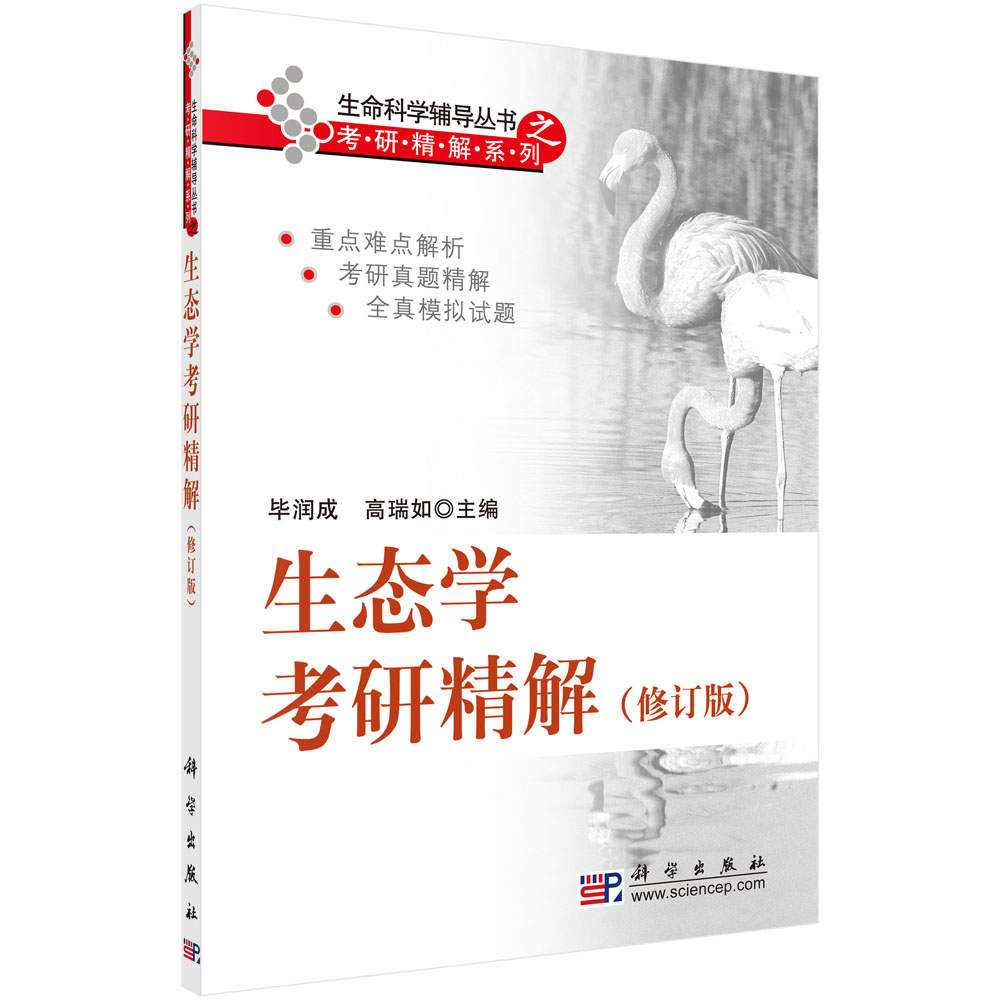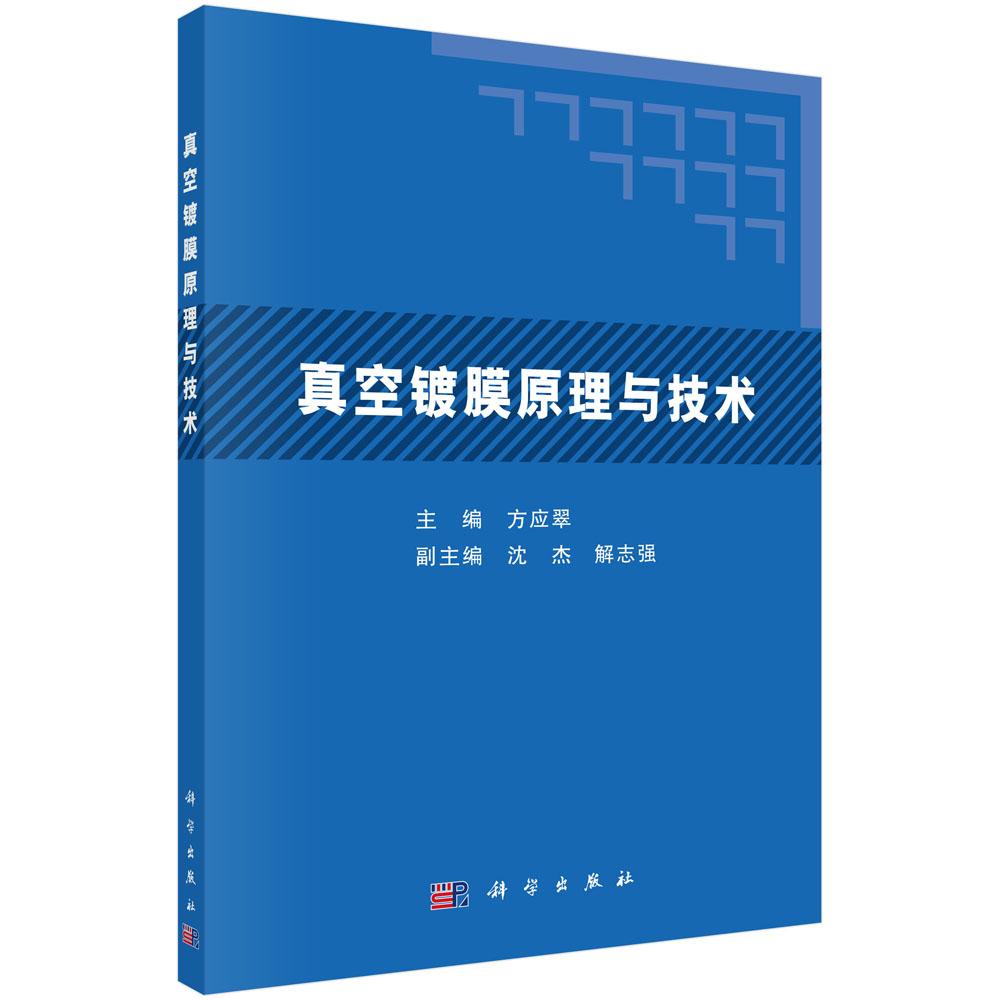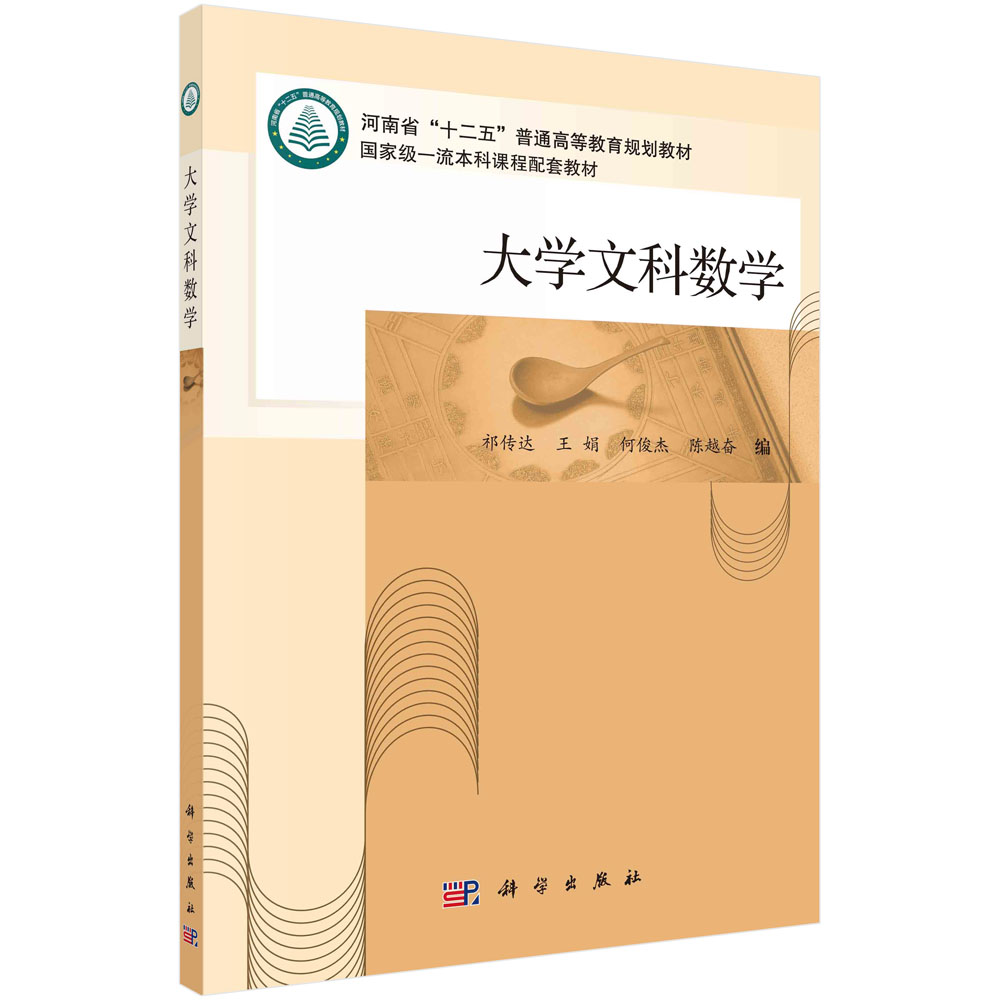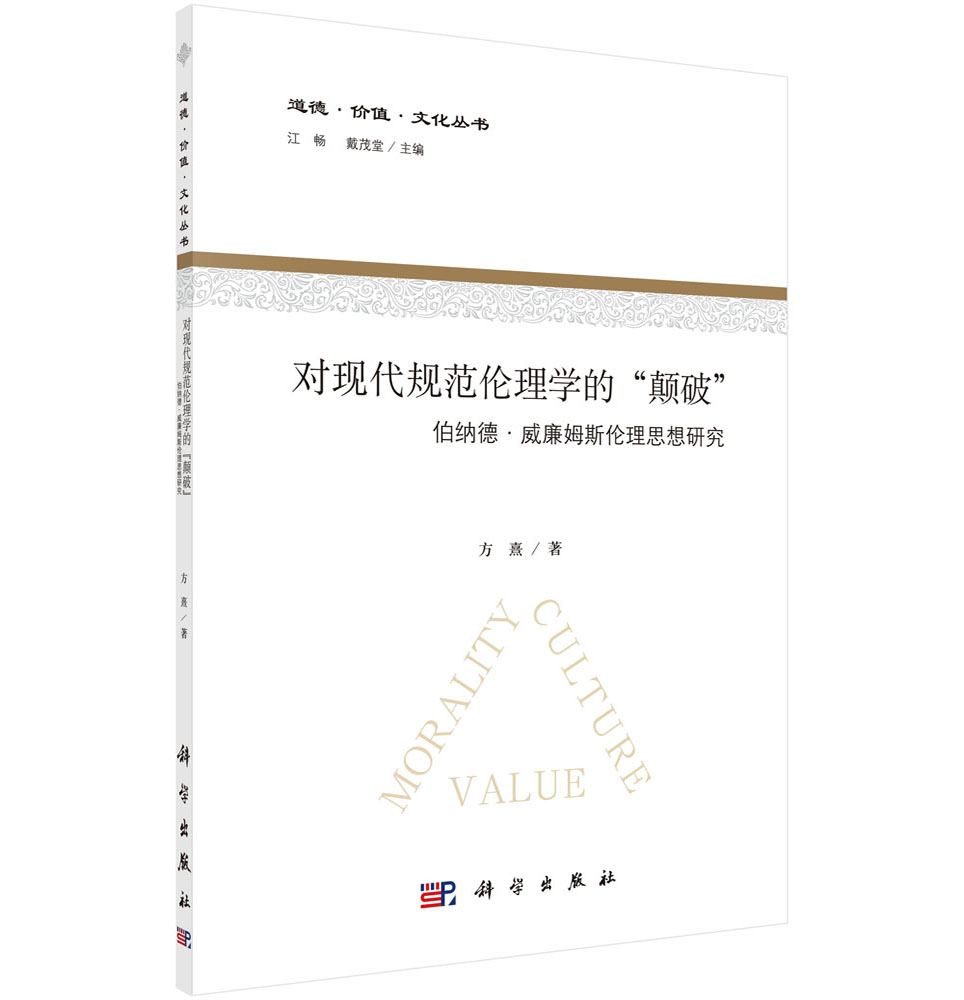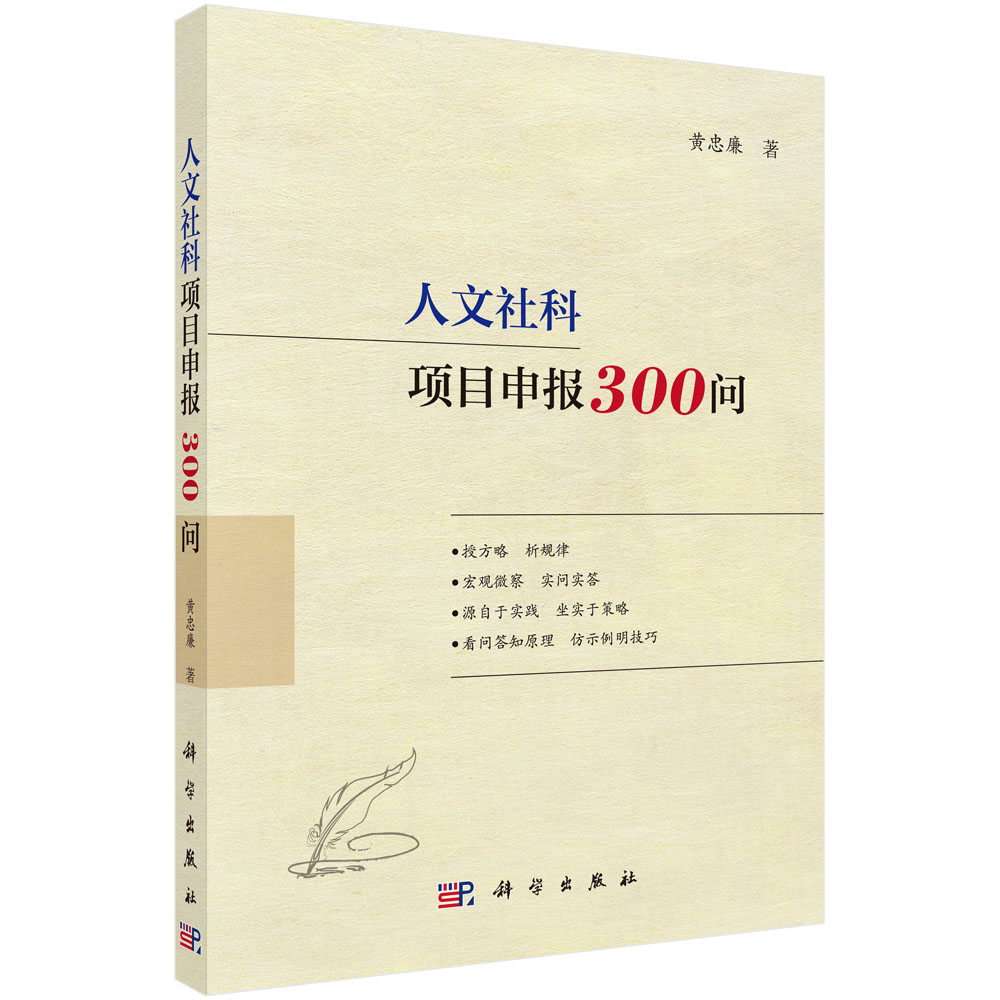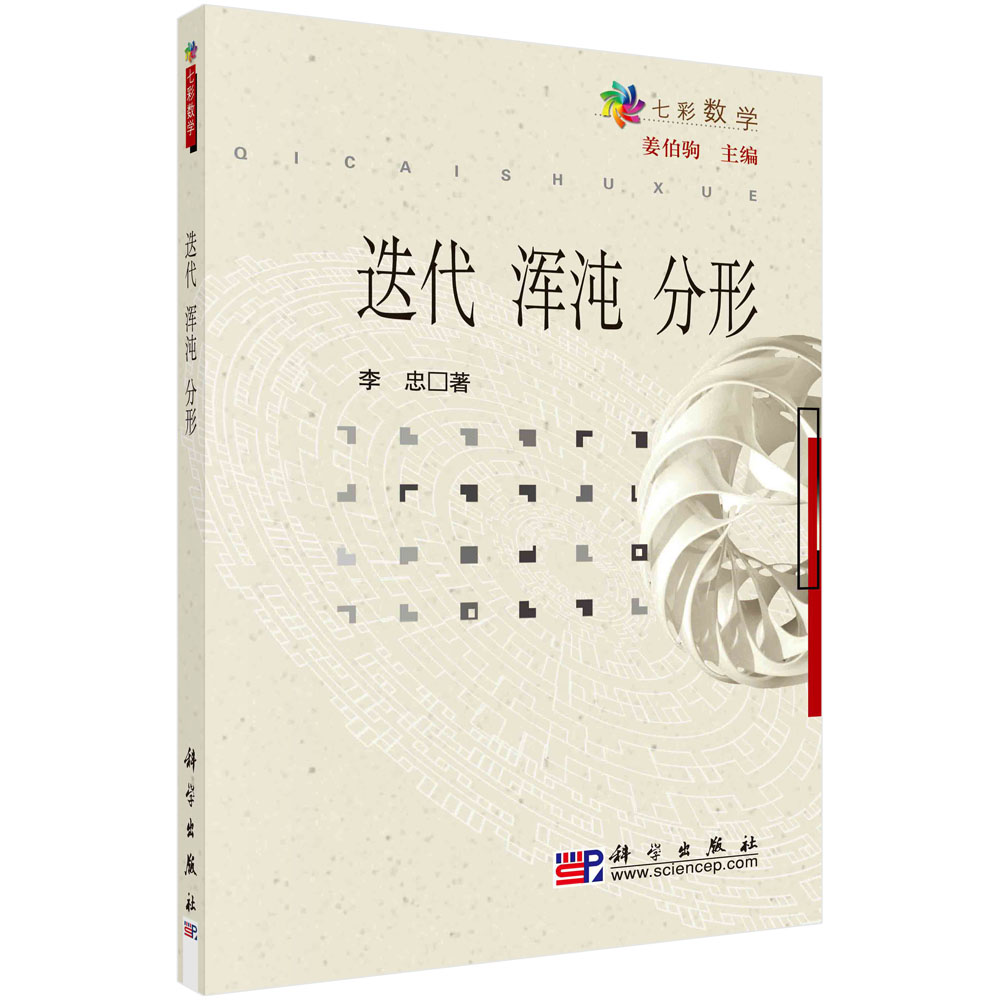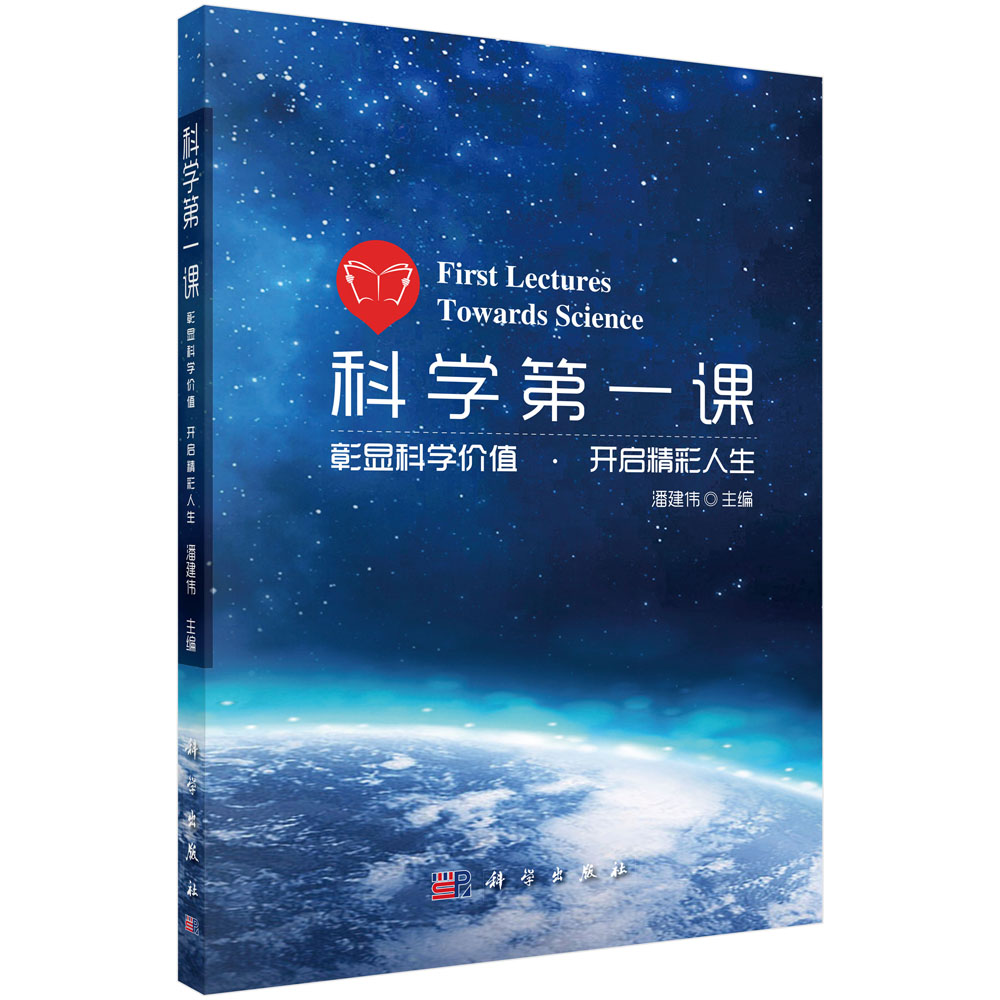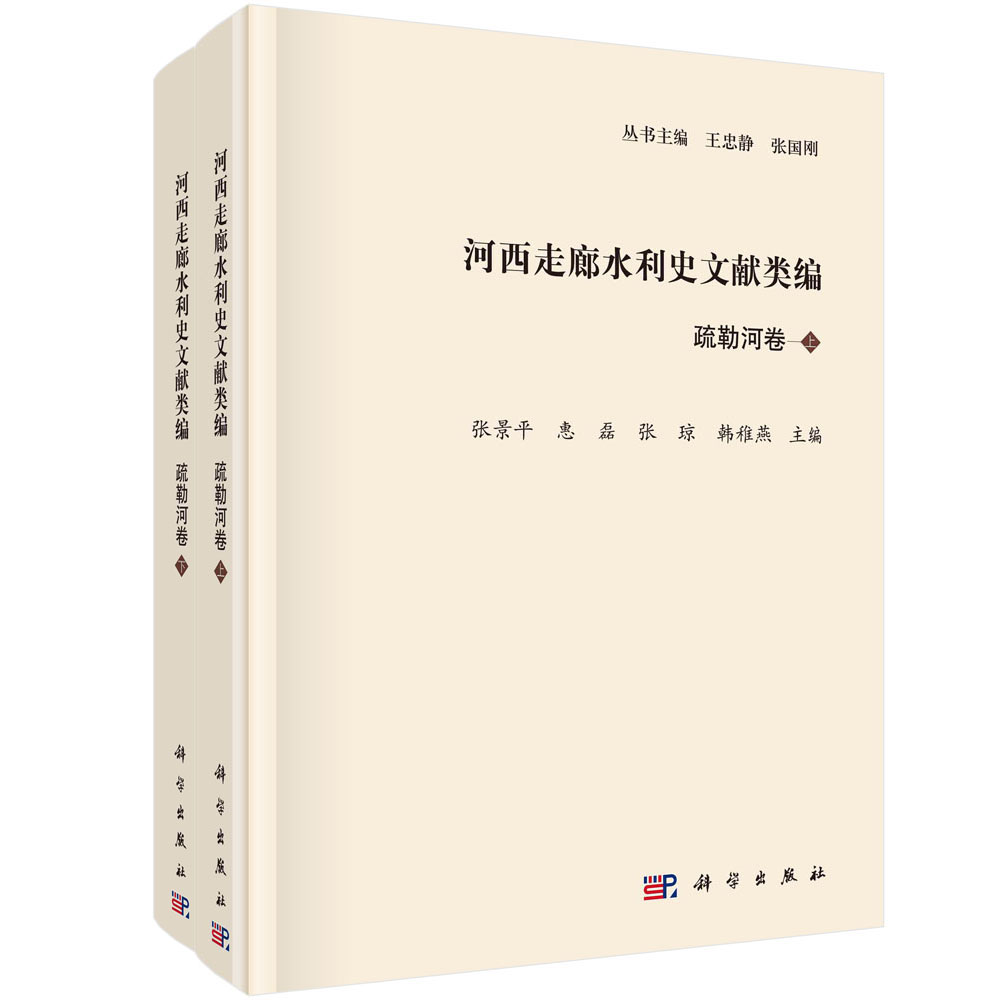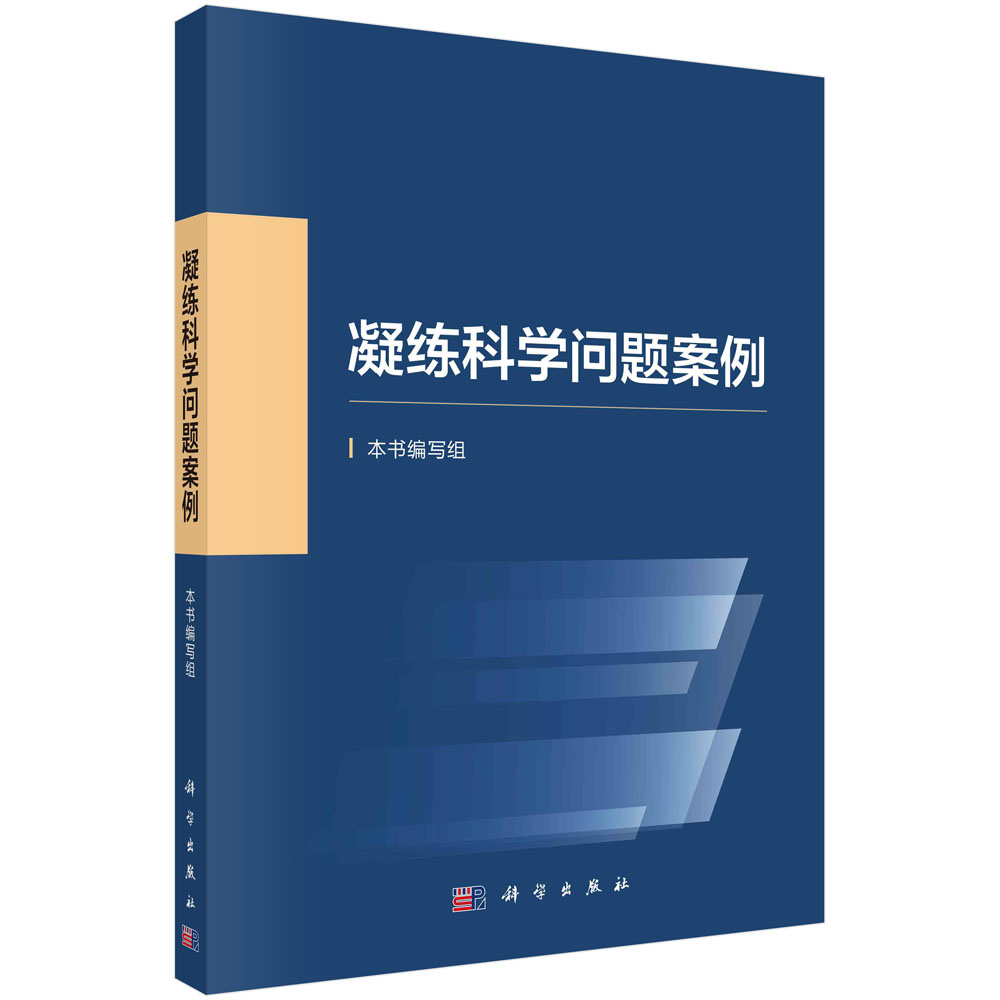本书针对中国青藏高原特有的资源植物——蕨麻的地理资源分布、民间使用历史、生物学特性、生态学特性、品种选育及人工栽培技术、形态多样性、细胞学研究、分子遗传多样性、系统亲缘关系、有性繁育系统、化学成分分析、野生蕨麻和人工栽培蕨麻品质比较分析、方便即食食品研发、保健品开发、新药研究、生态价值、经济价值和商品标准等方面进行了系统的试验研究、数据分析及阐述,提出了蕨麻的综合开发利用途径,为青藏高原这一特色资源植物的合理高效利用奠定了理论基础。
样章试读
目录
- 目录
第一章 绪论 1
一、蕨麻名称的由来及其含义 1
二、蕨麻的应用价值与可持续利用 2
三、青藏高原的自然概况 6
四、蕨麻在中国的分布概况 8
五、国内外研究动态 9
参考文献 11
第二章 蕨麻的生物学特性 14
第一节 蕨麻的植物学特性 14
一、蕨麻的分类地位 14
二、植物学形态 15
三、蕨麻与鹅绒委陵菜的形态区别 19
第二节 蕨麻的解剖结构 19
一、根的解剖结构 19
二、茎的解剖结构 21
三、叶的解剖结构 21
四、解剖结构特点 22
第三节 蕨麻的生长发育特性 23
一、蕨麻生长发育的特点 23
二、生长发育阶段 24
第四节 蕨麻生长的影响因子 26
一、蕨麻的引种试验 26
二、光对蕨麻的影响 28
三、温度对蕨麻的影响 28
四、水分对蕨麻的影响 31
参考文献 34
第三章 蕨麻种质资源 35
第一节 野生蕨麻植物资源 35
一、野生资源植物的概念 35
二、蕨麻资源的特点 35
三、蕨麻资源开发的层次 38
第二节 蕨麻种质资源概述 39
一、种质、种质资源 39
二、种质资源的重要意义 39
三、起源和保存 40
四、分类 40
第三节 蕨麻种质资源的调查和分布 42
一、蕨麻种质资源的调查 43
二、蕨麻种质资源的分布 45
第四节 蕨麻种质资源评价 46
一、植物比较形态学研究 46
二、植物化学成分分析 47
三、生物多样性分析 49
四、蕨麻种质资源保护及可持续利用 51
参考文献 51
第四章 蕨麻的生态学特征及生态价值 53
第一节 青海省的生态地位及现状 53
一、青藏高原的气候状况 53
二、青海独特的生态地位 54
第二节 蕨麻的生态学特征 56
一、萌发特性 56
二、低温胁迫 58
三、干旱胁迫 59
四、盐分胁迫 62
五、蕨麻的生长特性 65
第三节 蕨麻的生态价值 66
一、中国高寒地区种植蕨麻的特殊意义 67
二、蕨麻在高寒地区生态治理中的特殊地位 67
三、蕨麻对高寒地区经济发展的促进作用 69
参考文献 70
第五章 蕨麻化学成分测定分析与提取工艺优化 72
第一节 蕨麻化学成分的定性试验 72
一、材料和方法 72
二、结果分析 75
三、结论 77
四、鉴别注意事项 78
第二节 蕨麻化学成分的测定 78
一、蕨麻常规化学成分的测定 78
二、蕨麻化学成分的特点及功能 81
三、烯烃类、脂类、酸类化合物 86
四、蛋白质与氨基酸 87
五、无机元素 88
六、维生素 90
七、黄酮类化合物 92
八、鞣质 93
九、苷类 94
十、其他化学成分 94
第三节 蕨麻的应用价值 95
一、蕨麻的营养价值 95
二、蕨麻的保健价值 96
第四节 蕨麻地上部分挥发性成分的气相色谱-质谱分析 101
一、材料和方法 101
二、试验结果 102
三、结论 103
第五节 蕨麻中总鞣质、总多糖、总黄酮含量及累积曲线的测定 104
一、试验材料、试剂及仪器 104
二、样品溶液及标准溶液制备 104
三、试验方法 105
四、结果分析 108
五、结论与讨论 110
参考文献 110
第六章 人工栽培蕨麻化学成分测定分析 112
第一节 人工栽培蕨麻和野生蕨麻化学成分的测定对比 112
一、人工栽培蕨麻和野生蕨麻化学成分的测定 112
二、人工栽培蕨麻和野生蕨麻中蕨麻苷含量测定及指纹图谱分析 113
第二节 不同品系蕨麻化学成分的检测 117
一、不同品系蕨麻常规化学成分分析 117
二、不同品系蕨麻苷含量测定分析 120
三、蕨麻化学成分的特点及用途 121
第三节 蕨麻总鞣质提取工艺的筛选 125
一、材料和方法 125
二、总鞣质含量的测定 125
三、总鞣质提取工艺的优化 125
四、蕨麻总鞣质提取结果 127
五、结论 127
第四节 蕨麻总多糖提取工艺的筛选 128
一、材料和方法 128
二、蕨麻中总多糖的提取及测定 128
三、总多糖提取工艺的优化 128
四、结论 132
第五节 蕨麻总黄酮提取工艺的筛选与抗氧化活性的测定 132
一、材料和方法 132
二、结果分析 133
三、结论与讨论 137
参考文献 137
第七章 蕨麻的有性繁育系统 139
第一节 蕨麻的花部特征 139
一、花的形态特征 139
二、蕨麻花器的结构特征 145
第二节 蕨麻的有性繁殖 155
一、开花 155
二、蕨麻有性繁殖的研究 155
三、蕨麻的传粉生物学 159
四、蕨麻传粉生物学的研究方法 161
参考文献 165
第八章 蕨麻的形态多样性 167
第一节 蕨麻种质资源形态多样性的采样策略 167
一、采样路线 167
二、形态数据记载标准 168
三、蕨麻材料数据采集 182
第二节 蕨麻形态多样性结果分析 183
一、单因素分析 184
二、综合聚类分析 199
第三节 蕨麻形态多样性结论 208
一、多样性指数分析 208
二、遗传性分析 209
三、结论与讨论 210
参考文献 211
第九章 蕨麻的细胞学研究 212
第一节 染色体核型分析概述 213
一、概念 213
二、原理 213
三、意义 214
第二节 相关分析技术概述 214
一、GRQ 带技术 214
二、荧光原位杂交技术 214
三、光谱核型分析技术 214
目 录 xxv
四、流式细胞术 214
第三节 蕨麻的GRQ 带分析技术 215
一、核型计算方法 215
二、蕨麻的染色体压片 215
三、结果分析 216
四、蕨麻核型分析结论 220
第四节 蕨麻的流式细胞术倍性分析 223
一、主要特点 223
二、工作原理 223
三、应用范围 224
四、技术特点 224
参考文献 228
第十章 蕨麻的分子遗传多样性 230
第一节 蕨麻扩增片段长度多态性分子标记研究 230
一、材料和方法 230
二、结果分析 235
三、结论与讨论 241
第二节 蕨麻SSR 分子标记研究 244
一、SSR 引物的开发 244
二、基于SSR 分子标记的蕨麻遗传多样性研究 253
参考文献 263
第十一章 青藏高原蕨麻种质资源遗传多样性POD 同工酶分析 264
第一节 遗传多样性的研究方法 264
一、形态学标记 264
二、细胞学标记 264
三、生化标记 265
四、分子标记 265
第二节 同工酶研究 266
一、试验材料 266
二、试验方法 268
三、数据处理 268
第三节 蕨麻POD 同工酶试验结果 271
一、POD 同工酶分析 271
二、75 份蕨麻种质资源的相似系数 271
三、蕨麻种质资源的聚类分析 273
第四节 结论与讨论 273
一、蕨麻种质资源遗传多样性丰富 273
二、蕨麻种质资源亲缘关系复杂 274
参考文献 274
第十二章 蕨麻系统亲缘关系研究 276
第一节 蕨麻ITS 序列变异分析 276
一、材料和方法 276
二、结果分析 281
三、结论与讨论 285
第二节 蕨麻trnL-trnF 序列变异分析 286
一、材料和方法 286
二、结果分析 286
三、结论与讨论 290
第三节 蕨麻matK 序列变异分析 290
一、材料和方法 291
二、结果分析 291
三、结论与讨论 294
第四节 鉴定蕨麻和鹅绒委陵菜的DNA 条形码的研究 295
一、材料和方法 295
二、结果分析 295
三、结论与讨论 297
参考文献 298
第十三章 蕨麻的产量构成及繁殖技术 299
第一节 蕨麻的生理生化指标 299
一、蕨麻的生理指标 299
二、光合速率 300
第二节 块根的膨大规律及产量构成因素 301
一、蕨麻块根膨大的解剖学过程 301
二、产量构成因素 303
三、生物量的增长特点 304
第三节 繁殖技术 307
一、种子繁殖 307
二、组织培养 307
参考文献 311
第十四章 蕨麻的品种选育 312
第一节 品种选育的依据 312
一、植物学性状 312
二、农业生物学特性 313
三、经济特性 313
第二节 育种目标 314
一、经济性状 314
目 录 xxvii
二、品质性状 315
第三节 品种选育过程 315
一、‘青海蕨麻1 号’品种选育过程 315
二、‘青海蕨麻2 号’品种选育过程 322
三、‘青海蕨麻3 号’品种选育过程 326
参考文献 329
第十五章 蕨麻的栽培技术及采收贮藏 330
第一节 栽培技术研究 330
一、栽培技术 330
二、栽培技术规范 354
第二节 采收贮藏 356
一、采收适期 356
二、鲜品贮藏 356
三、干品贮藏 361
参考文献 362
第十六章 蕨麻食品的开发研究 363
第一节 食用蕨麻块根的标准 364
一、蕨麻原产品的商品分级 365
二、蕨麻食品的营养价值 366
第二节 蕨麻食品的开发利用 369
一、蕨麻饮料、罐头、脯饯的开发 369
二、蕨麻菜肴及糕点的制作 370
三、蕨麻淀粉的开发及利用 371
参考文献 371
第十七章 蕨麻保健食品研发 373
第一节 蕨麻有效部位化学成分研究 373
一、材料和方法 374
二、研究结果 374
第二节 蕨麻有效部位化学成分的抗缺氧活性筛选 383
一、研究方法 383
二、研究结果 383
三、结果分析 385
第三节 含有蕨麻有效成分的蕨麻胶囊制剂研究 385
一、制剂质量标准的制定 385
二、制剂稳定性考察 388
三、制剂功效评价 392
四、制剂安全性评价 397
五、抗高原缺氧临床研究 399
第四节 蕨麻活性单体野蔷薇苷在大鼠体内的药代动力学研究 401
一、研究方法 401
二、样品制备 401
三、方法学确证 402
四、研究结果 403
五、结论 406
参考文献 406
第十八章 蕨麻化学成分的分离与药学药效的研究 407
第一节 蕨麻中皂苷主要化学成分与结构分析 407
一、试验材料 408
二、试验方法 408
三、新化合物Ⅱ——蕨麻苷的结构鉴定 409
四、化合物Ⅰ、Ⅲ的结构鉴定 415
五、化合物Ⅳ、Ⅴ、Ⅵ的结构 417
六、6 个化合物的薄层层析结果 417
七、结论 417
第二节 蕨麻苷的保肝药理研究 418
一、蕨麻单体化合物Ⅰ、Ⅱ、Ⅲ保肝降酶作用研究 419
二、蕨麻有效部位的制备工艺研究 420
三、蕨麻有效部位的质量标准草案及起草说明 427
四、结论 437
第三节 蕨麻总皂苷的主要药效研究 438
一、蕨麻总皂苷抗病毒药效的研究 438
二、对试验性肝损伤保护作用机制的研究 450
三、蕨麻有效部位的免疫调节作用 453
四、蕨麻有效部位对大鼠肝纤维化的保护作用 457
五、蕨麻有效部位抗肝纤维化作用的体外试验 460
六、蕨麻总皂苷对小鼠免疫功能的影响 466
七、蕨麻总皂苷对肝解毒和排泄作用的影响 471
第四节 蕨麻总皂苷毒理学试验 472
一、蕨麻素对小鼠灌胃给药的急性毒性试验 472
二、蕨麻素对大鼠灌胃给药的急性毒性试验 474
三、蕨麻素对啮齿类动物大鼠灌胃给药的长期毒性试验 475
四、蕨麻素对非啮齿类动物Beagle 犬口服给药的长期毒性试验 483
参考文献 490
图版
Contents
Chapter 1 Introduction 1
1 The Origin and Meaning of the Name of Juema 1
2 Application Value and Sustainable Utilization of Juema 2
3 The Natural Condition of Qinghai-Tibet Plateau 6
4 The Distribution of Juema in China 8
5 Domestic and International Research Dynamic Status 9
References 11
Chapter 2 Biological Characteristics of Juema 14
1 Botanical Characteristics of Juema 14
1.1 Taxonomic status of Juema 14
1.2 Botanical morphology 15
1.3 The morphological difference between Juema and Potentilla anserina L. 19
2 Anatomic Structures 19
2.1 The anatomic structure of the root 19
2.2 The anatomic structure of the stem 21
2.3 The anatomic structure of the leaf 21
2.4 Anatomical structure characteristics 22
3 Growth and Development Characteristics of Juema 23
3.1 Growth and development traits of Juema 23
3.2 The stage of growth and development 24
4 Factors Affecting the Growth of Juema 26
4.1 Introduction test of Juema 26
4.2 Effect of light on Juema 28
4.3 Effect of temperature on Juema 28
4.4 Effect of moisture on Juema 31
References 34
Chapter 3 Germplasm Resources of Juema 35
1 Resources of Wild Juema 35
1.1 The concept of wild resource plant 35
1.2 Characteristics of the resources of Juema 35
1.3 The level of the development of resources of Juema 38
2 Summary of Germplasm Resources of Juema 39
2.1 Germplasm, germplasm resources 39
2.2 The importance of germplasm resources 39
2.3 Origin and preservation 40
2.4 Classification 40
3 Survey and Distribution of Germplasm Resources of Juema 42
3.1 Survey of germplasm resources of Juema 43
3.2 Distribution of germplasm resources of Juema 45
4 Germplasm Resources Evaluation of Juema 46
4.1 Comparative morphology of plants 46
4.2 Phytochemical analysis 47
4.3 Biodiversity analysis 49
4.4 Protection and sustainable utilization of germplasm resources of Juema 51
References 51
Chapter 4 Ecological Characteristics and Ecological Value of Juema 53
1 Ecological Status and Present Situation of Qinghai Province 53
1.1 Climate conditions in the Qinghai-Tibet Plateau 53
1.2 Unique ecological status of Qinghai Province 54
2 Ecological Characteristics of Juema 56
1.1 Germination characteristics 56
1.2 Low temperature stress 58
1.3 Drought stress 59
1.4 Salt stress 62
1.5 Growth characteristics of Juema 65
3 Ecological Value of Juema 66
1.1 The special significance of planting Juema in the alpine region of China 67
1.2 The special status of Juema in the ecological management of alpine regions 67
1.3 The promotion of Juema in the economic development of alpine regions 69
References 70
Chapter 5 Determination of Chemical Constituents from Juema and Optimization of Extraction Technology 72
1 Qualitative Test of Chemical Constituents of Juema 72
1.1 Materials and methods 72
1.2 Results analysis 75
1.3 Conclusion 77
1.4 Identification considerations 78
2 Determination of Chemical Constituents of Juema 78
2.1 Determination of conventional chemical constituents of Juema 78
2.2 Characteristics and functions of chemical constituents of Juema 81
2.3 Alkene, lipids and Acids 86
2.4 Proteins and Amino Acids 87
2.5 Inorganic elements 88
2.6 Vitamin 90
2.7 Flavonoids 92
2.8 Tannin 93
2.9 Glycosides 94
2.10 Other chemical components 94
3 Application Value of Juema 95
3.1 The nutritional value of Juema 95
3.2 The health value of Juema 96
4 GC-MS Analysis of Volatile Constituents from the Aerial Part of Juema 101
4.1 Materials and methods 101
4.2 Test results 102
4.3 Conclusion 103
5 Determination of Total Tannin, Total Polysaccharides, Total Flavonoids and Accumulation Curve of Juema 104
5.1 Test materials, reagents and instruments 104
5.2 Preparation of sample solution and standard solution 104
5.3 Tests and methods 105
5.4 Results analysis 108
5.5 Conclusion and discussion 110
References 110
Chapter 6 Determination and Analysis of Chemical Constituents of Artificial Cultivation of Juema 112
1 Determination and Comparison of Chemical Components of Artificial Cultivated Juema and Wild Juema 112
1.1 Determination of chemical constituents of artificial cultivated Juema and wild Juema 112
1.2 Determination and fingerprint analysis of glycoside in artificial cultivated Juema and wild Juema 113
2 Detection of Chemical Constituents from Different Strains of Juema 117
2.1 Analysis of conventional chemical constituents of different strains of Juema 117
2.2 Determination and analysis of different contents of glycoside from different strains 120
2.3 Characteristics and applications of chemical constituents of Juema 121
3 Screening of Total Tannin Extraction from Juema 125
3.1 Materials and methods 125
3.2 Determination of the content of tannin 125
3.3 Screening of tannin extraction process 125
3.4 Results of total tannin extraction from Juema 127
3.5 Conclusion 127
4 Screening of Polysaccharide Extraction from Juema 128
4.1 Materials and methods 128
4.2 Determination and extraction of Polysaccharide 128
4.3 Screening and optimization of polysaccharide extraction process 128
4.4 Conclusion 132
5 Screening of Extraction Process of Total Flavonoids from Juema Anthesis and Determination of Antioxidant Activity 132
5.1 Materials and methods 132
5.2 Results analysis 133
5.3 Conclusion and discussion 137
References 137
Chapter 7 Sexual Breeding System of Juema 139
1 Floral Characteristics of Juema 139
1.1 Morphological characteristics of flowers 139
1.2 Structural features of the flowers organs of Juema 145
2 Sexual Breeding of Juema 155
2.1 Flowering 155
2.2 Study on sexual reproduction of Juema 155
2.3 Pollination biology of Juema 159
2.4 Research method of the pollination biology of Juema 161
References 165
Chapter 8 Morphological Diversity of Juema 167
1 Sampling Strategy for Morphological Diversity of Juema Germplasm Resources 167
1.1 Sampling routes 167
1.2 Morphological data record standard 168
1.3 Data collection of the material of Juema 182
2 Analysis Result of Morphological Diversity of Juema 183
2.1 Univariate analysis 184
2.2 Comprehensive cluster analysis 199
3 Conclusion of Morphological Diversity of Juema 208
3.1 Diversity index analysis 208
3.2 Hereditary analysis 209
3.3 Conclusion and discussion 210
References 211
Chapter 9 Cytological Study on Juema 212
1 Overview of Karyotype Analysis 213
1.1 Concept 213
1.2 Principle 213
1.3 Significance 214
2 Overview of Relevant Analysis Techniques 214
2.1 GRQ belt technology 214
2.2 Fluorescence in situ hybridization 214
2.3 Spectral karyotyping 214
2.4 Flow Cytometry 214
3 GRQ Band Analysis Technique of Juema 215
3.1 Karyotype calculation method 215
3.2 Chromosome tablets of Juema 215
3.3 Results analysis 216
3.4 Conclusion of nucleus type analysis of Juema 220
4 Ploidy Analysis of Juema by Flow Cytometry 223
4.1 Main features 223
4.2 Working principle 223
4.3 Application range 224
4.4 Technical characteristics 224
References 228
Chapter 10 Molecular Genetic Diversity of Juema 230
1 AFLP Molecular Marker Research of Juema 230
1.1 Materials and methods 230
1.2 Results analysis 235
1.3 Conclusion and discussion 241
2 SSR Molecular Markers Research of Juema 244
2.1 Development of SSR primers 244
2.2 Genetic diversity of Juema based on SSR molecular markers 253
References 263
Chapter 11 POD Isozyme Analysis of Genetic Diversity of Juema Germplasm 264
1 Research Methods of Genetic Diversity 264
1.1 Morphological markers 264
1.2 Cell markers 264
1.3 Biochemical markers 265
1.4 Molecular markers 265
2 Isozyme Research 266
2.1 Experiment materials 266
2.2 Experiment methods 268
2.3 Data processing 268
3 Experimental Results of POD Isozyme 271
3.1 POD isozyme analysis 271
3.2 Similarity coefficients of 75 Juema germplasm resources 271
3.3 Cluster Analysis of Juema germplasm resources 273
4 Conclusion and Discussion 273
4.1 Juema germplasm resources are rich in genetic diversity 273
4.2 The genetic relationship of Juema germplasm is complex 274
References 274
Chapter 12 Phylogenetic Relationship Research of Juema 276
1 Analysis of ITS Sequence Variation of Juema 276
1.1 Materials and methods 276
1.2 Results analysis 281
1.3 Conclusion and discussion 285
2 Analysis of trnL-trnF Sequence Variation of Juema 286
2.1 Materials and methods 286
2.2 Results analysis 286
2.3 Conclusion and discussion 290
3 Analysis of matK Sequence Variation of Juema 290
3.1 Materials and methods 291
3.2 Results analysis 291
3.3 Conclusion and discussion 294
4 Identification of DNA Barcode of Juema and Potentilla anserina L. 295
4.1 Materials and methods 295
4.2 Results analysis 295
4.3 Conclusion and discussion 297
References 298
Chapter 13 Yield Components and Propagation Techniques of Juema 299
1 Physiological and Biochemical Indexes of Juema 299
1.1 Physiological index of Juema 299
1.2 Photosynthetic rate 300
2 Rule of Tuber Expansion and Yield Components 301
2.1 Anatomical process of the enlargement of the roots of Juema 301
2.2 Yield component 303
2.3 Biomass growth characteristics 304
3 Reproductive Technology 307
3.1 Seed reproduction 307
3.2 Tissue culture 307
References 311
Chapter 14 New Variety Selection of Juema 312
1 Basic Reference for New Variety Selection 312
1.1 Phytological characteristics 312
1.2 Biological characteristics of Agriculture 313
1.3 Economic characteristics 313
2 Breeding Objective 314
2.1 Economic trait 314
2.2 Quality traits 315
3 Breeding Program 315
3.1 Breeding process of ‘Qinghai Juema No. 1’ variety 315
3.2 Breeding process of ‘Qinghai Juema No. 2’ variety 322
3.3 Breeding process of ‘Qinghai Juema No. 3’ variety 326
References 329
Chapter 15 Cultivation Techniques, Harvesting and Storage of Juema 330
1 Cultivation Technology Research 330
1.1 Cultivation techniques 330
1.2 Cultivation technical specification 354
2 Collection and Storage 356
2.1 Harvesting period 356
2.2 Fresh food storage 356
2.3 Dry food storage 361
References 362
Chapter 16 Research and Development of Juema Food 363
1 Standard for Edible Root of Juema 364
1.1 Product classification of Juema Asahara products 365
1.2 Nutritional value of Juema food 366
2 Development and Utilization of Juema Food 369
2.1 Development of Juema drinks, tins and candied fruits 369
2.2 Making of Juema dishes and pastry 370
2.3 Development and utilization of Juema starch 371
References 371
Chapter 17 Research and Development of Health Food 373
1 Study on Chemical Constituents of Effective Parts of Juema 373
1.1 Materials and methods 374
1.2 Research results 374
2 Screening of Anti-hypoxia Activity of Effective Constituents of Juema 383
2.1 Research methods 383
2.2 Research results 383
2.3 Results analysis 385
3 Study on Capsule Preparations Containing Effective Ingredients 385
3.1 Formulation of preparation quality standards 385
3.2 Preparation stability study 388
3.3 Formulation efficacy evaluation 392
3.4 Formulation safety evaluation 397
3.5 Anti-altitude hypoxia clinical study 399
4 Pharmacokinetics of Active Monomer of Juema (Rosamultin) in Rats 401
4.1 Research methods 401
4.2 Sample preparation 401
4.3 Methodological confirmation 402
4.4 Research results 403
4.5 Conclusion 406
References 406
Chapter 18 Chemical compounds seperation and pharmacological research of Juema 407
1 Chemical Constituents and Structure Analysis of Saponin from Juema 407
1.1 Experiment materials 408
1.2 Experiment methods 408
1.3 New compoundⅡ——structural identification of Juema glycosides 409
1.4 Structural identification of compoundsⅠand Ⅲ 415
1.5 Structure of compoundsⅣ,Ⅴ,Ⅵ 417
1.6 Thin layer chromatography results of 6 compounds 417
1.7 Conclusion 417
2 Hepatoprotective Pharmacological Study of Juema Glycosides 418
2.1 Study on hepatoprotection of Juema monomer compoundsⅠ,Ⅱand Ⅲ 419
2.2 Study on preparation technology of effective parts of Juema 420
2.3 Draft quality standard for effective parts of Juema and drafting instructions 427
2.4 Conclusion 437
3 Study on the Main Pharmacodynamics of Total Saponins of Juema 438
3.1 Study on antiviral efficacy of total saponins of Juema 438
3.2 Study on the protective mechanism of experimental liver injury 450
3.3 Immunomodulatory effects of the active site 453
3.4 Protective effects of effective parts on liver fibrosis in rats 457
3.5 In vitro test of effective site anti-fibrosis effect 460
3.6 Effect of total saponins of Juema on immune function in mice 466
3.7 Effects of total saponins of Juema on liver detoxification and excretion 471
4 Toxicological Tests of Total Saponins of Juema 472
3.1 Acute toxicity test of pterin in mice by intragastric administration 472
3.2 Acute toxicity test data of pterin in rats by intragastric administration 474
3.3 Long-term toxicity test of pterygium on intragastric administration in rodent rats 475
3.4 Long-term toxicity test of arbutin on oral administration in non-rodent Beagle dogs 483
References 490
Plate
